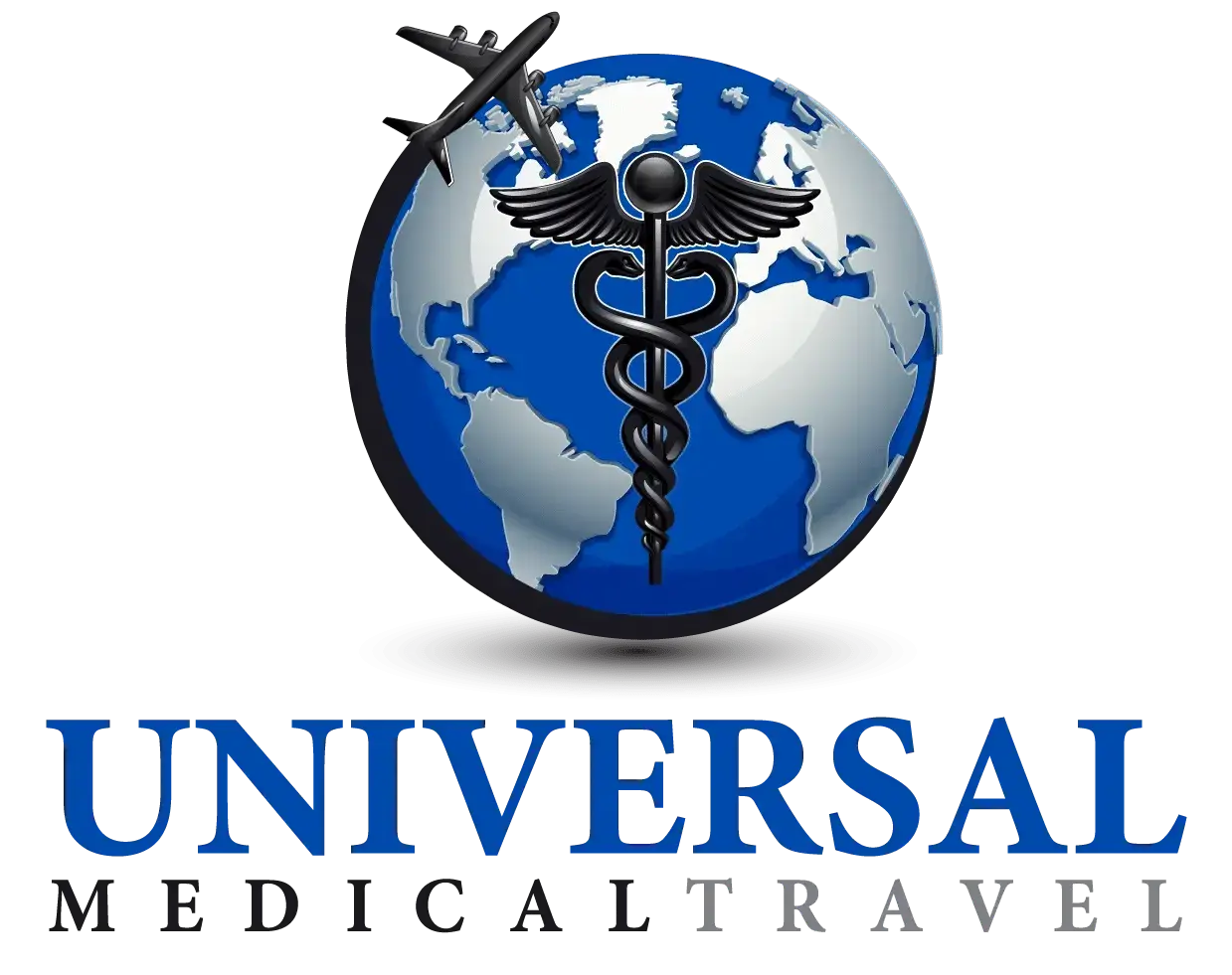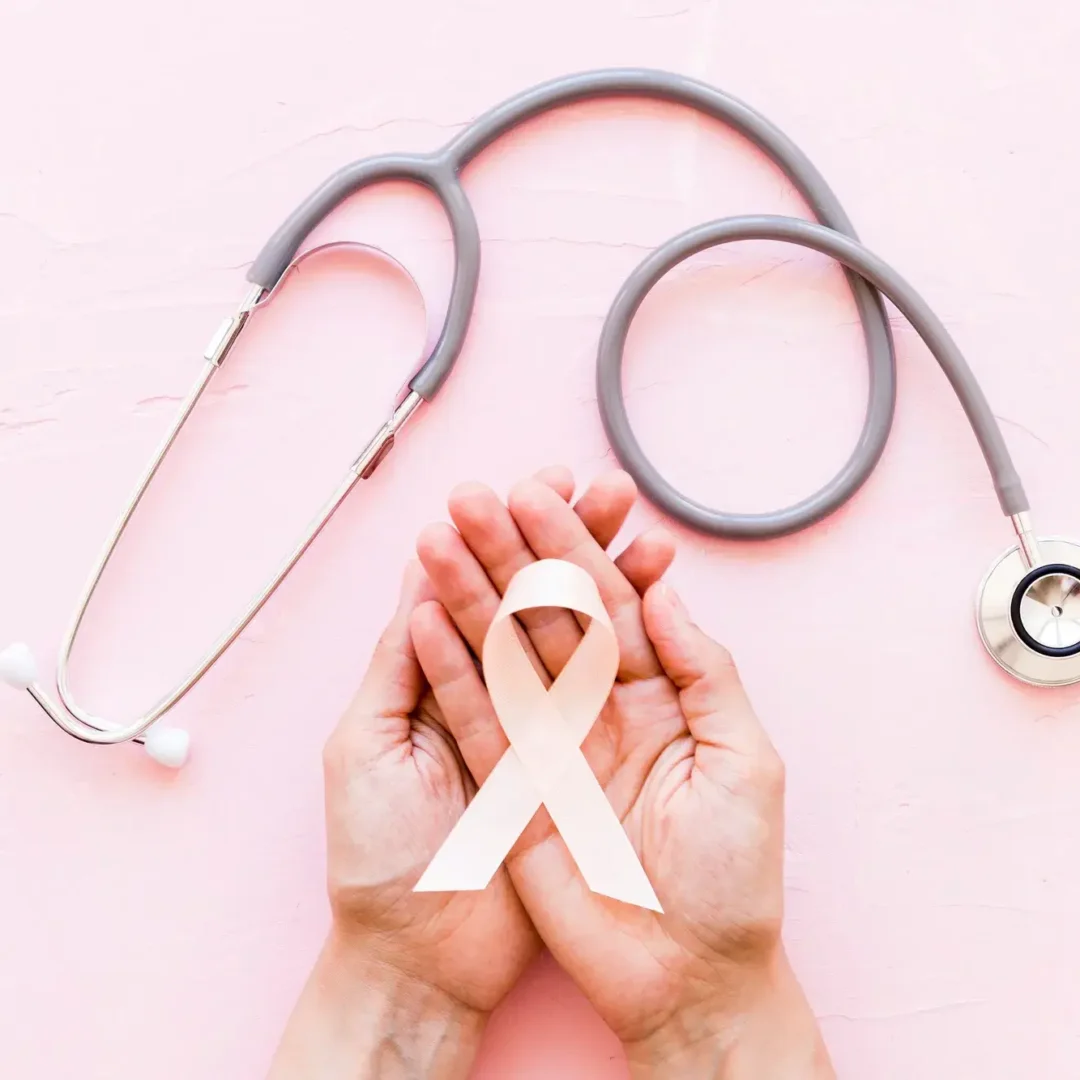China has one of the largest cancer burdens in the world. Over the past two decades the country has significantly scaled up prevention, screening, and treatment efforts — combining modern oncology with Traditional Chinese Medicine (TCM) and a fast-growing biopharma industry. This article summarizes the national strategy, how cancers are detected and treated, recent therapeutic innovations, costs and access issues, and what patients (domestic and international) should know when considering cancer care in China.
Introduction — scope and national response
Cancer is a major public-health challenge in China and accounts for a substantial share of global cancer deaths. In response, national strategies such as Healthy China 2030 and multiyear chronic-disease plans prioritize earlier detection, better access to effective therapies, and improved long-term survival. By recent national measures, China reached a 5-year relative survival around 43.7%, meeting short-term targets and setting higher goals for 2030. These gains reflect expanding screening programs, broader health insurance coverage, and rapid domestic development of targeted and immunotherapies.
Early detection and screening
China has progressively built national screening programs for common cancers. Government-supported programs target cancers with higher local incidence: lung, stomach, liver, colorectal, breast, esophageal, cervical, and nasopharyngeal cancers. Key points:
- Screening programs exist at national and local levels and focus on both population outreach and high-risk groups.
- Implementation varies widely: large urban hospitals and provincial programs tend to have more organized screening and follow-up, while rural and under-resourced areas still face gaps in coverage and diagnostic capacity.
- Improving uptake, follow-up, and diagnostic pathways is a continued priority to convert screening into real survival gains.
Treatment landscape — from conventional to cutting edge
Cancer care in China spans the full range of conventional oncology (surgery, radiation, chemotherapy) plus integrative approaches and rapidly advancing biologic and immune therapies.
Conventional therapies
- Surgery and radiation remain central for curable early-stage tumors. Major cancer centers in Beijing, Shanghai, Guangzhou and other cities offer high-volume surgical teams and advanced radiotherapy techniques (IMRT, SBRT).
- Chemotherapy regimens used are largely consistent with international standards; many hospitals also participate in clinical trials that adapt or optimize global protocols for local populations.
Integrative care and Traditional Chinese Medicine (TCM)
- TCM is commonly used alongside conventional treatment to help with symptom control, reduce side effects, and support recovery. Modalities include herbal formulations, acupuncture, and supportive therapies.
- Some agents originating in China (for example, certain extracts and specific proprietary preparations) have been used clinically for decades; their use is integrated into many treatment plans under medical supervision.
Targeted therapies and small molecules
- China’s pharmaceutical industry has developed several novel targeted agents and small molecules in recent years. Domestic approvals and clinical uptake have increased access to drugs that address specific molecular subtypes (HER2, PARP targets, MEK/BRAF pathways, etc.). Examples include:
- ADCs (antibody–drug conjugates) for HER2-positive cancers.
- PARP inhibitors for ovarian and other BRCA-associated cancers.
- Small molecules approved for specific mutations (e.g., MEK inhibitors for NRAS-mutant melanoma in approved indications).
Immunotherapy and cellular therapies
- Immunotherapy (particularly anti-PD-1/PD-L1 antibodies) has become widely used in China, both through local biotech products and global agents. Costs and insurance coverage vary by drug and indication.
- China is active in CAR-T and other cell-based therapies. Recent trials and published studies have reported meaningful survival improvements in certain advanced cancers, and biopharma companies are developing next-generation immunotherapies (bispecific antibodies, PD-1/VEGF combinations, etc.). Domestic firms have also achieved important Phase III wins and licensing deals internationally.
Innovation, industry, and global role
- China’s biotech sector has grown rapidly: companies are developing bispecific antibodies, ADCs, and novel checkpoint or combination immunotherapies. Several Chinese drug candidates have achieved major clinical milestones and attracted multinational licensing deals.
- Factors fueling innovation include large patient populations for clinical trials, lower R&D costs relative to some Western markets, and active investment. This ecosystem has accelerated availability of domestically produced oncology drugs.
Costs, insurance, and access
The cost of cancer treatment in China typically ranges from $15,000 to $50,000, depending on the type of cancer, treatment method, and hospital. According to Universal Medical Travel, costs can be up to 60% lower than in the United States for similar procedures.
1. Public hospitals with insurance
- Basic chemotherapy: CNY 2,000–5,000 per month out-of-pocket.
- Specialized or new chemotherapy drugs: CNY 10,000–20,000+ per month if not fully reimbursed.
2. Private hospitals or uninsured patients
- Monthly chemotherapy: CNY 10,000–50,000+, especially with imported or cutting-edge drugs.
3. Immunotherapy
- PD-1 drugs: CNY 30,000–50,000 per round, usually requiring four or more rounds.
- Annual cost after national price negotiation: CNY 35,000–40,000 for domestic PD-1 therapies.
4. Treatment phase totals
- Follow-up phase: CNY 12,000–31,000 per case.
- Relapse/metastasis phase: CNY 60,000–100,000 per case.
5. CAR-T therapy
- Some domestic CAR-T treatments: around CNY 500,000 per patient.
- High-end CAR-T therapies can exceed CNY 1.2 million before insurance.
Key factors influencing costs:
Need for long-term or combination therapy.
Urban vs. rural hospital location.
Type of insurance plan (urban employee, urban resident, rural cooperative).
Inclusion of the drug in the National Reimbursement Drug List (NRDL).
- Innovative biologics and immunotherapies: Newer targeted agents and PD-1 therapies can be costly — often tens of thousands of CNY per treatment round — although inclusion in government insurance lists has reduced patient expense for some drugs.
- Private or out-of-pocket care: Private hospitals and international clinics charge substantially more. Total monthly costs in private settings can range much higher depending on drugs, hospital stay, and supportive care.
- Regional disparities: Top cancer centers in Beijing, Shanghai, and Guangzhou provide the most advanced care; rural regions and smaller cities may lack access to complex treatments and clinical trials.
Patients considering treatment in China should check: (1) what a recommended therapy costs out-of-pocket, (2) whether the drug is included in local/national insurance or reimbursement lists, and (3) the capacity of the treating hospital to manage complex immunotherapies or cellular therapies.
Practical considerations for patients
- Choosing a center: Major academic hospitals and specialist cancer centers in large cities offer multidisciplinary teams (surgery, medical oncology, radiation oncology, pathology, and supportive care).
- Clinical trials: China runs many oncology clinical trials; eligibility and enrollment can provide access to novel agents. Ask treating centers directly about open trials and eligibility criteria.
- Integrative approaches: If considering TCM alongside conventional therapy, choose centers that integrate both under oncology oversight to avoid interactions or delays in evidence-based treatments.
- Second opinions: For complex or rare cancers, seek multidisciplinary second opinions. Many top centers offer tumor boards that include molecular pathology and genetics expertise.
Recent trends and outlook
- The combination of expanding screening, broader insurance coverage, and accelerated domestic drug development is expected to keep improving survival rates over the coming decade.
- Innovations such as bispecifics, ADCs, improved CAR-T technologies, and combination immunotherapies are likely to change standard care for several tumor types.
- Continued challenges include narrowing the urban-rural gap in access, expanding high-quality screening and diagnostic networks, and ensuring affordability of breakthrough therapies.
FAQs
Is cancer care in China on par with Western countries?
At major academic hospitals in large cities, diagnostic and therapeutic capabilities (surgery, radiation, targeted drugs, and complex systemic therapies) are comparable to international centers. However, access and quality vary by region.
Are immunotherapies and novel drugs available in China?
Yes — both domestically developed and internationally produced immunotherapies and targeted agents are available. Some domestic agents have reached late-stage approvals and wider use.
Will insurance cover cancer treatment in China?
China’s public insurance schemes cover many standard treatments and some newer drugs once they are listed for reimbursement, but coverage varies. High-cost drugs can still require significant out-of-pocket payments unless locally reimbursed.
Can international patients get treated in China?
Yes — many hospitals accept international patients and provide international patient services, multilingual care coordination, and help with logistics. Costs, visas, and language support should be arranged in advance.
Conclusion
China’s cancer-care ecosystem has transformed in recent years: extensive screening campaigns, improved survival targets, and a dynamic domestic biotech industry are reshaping how cancers are detected and treated. For patients, the advantages include access to a broad range of therapies and rapidly evolving clinical options; the downsides remain regional disparities and the sometimes-high cost of novel medicines. With continued investment in screening, diagnosis, reimbursement, and research, China is poised to play an increasingly central role in global oncology over the next decade.
Your Health Journey Starts Here – Connect with Our Consultants Today!
Please complete and submit a Patient Information Form to authorize our agency to forward your protected health information to the healthcare provider of your choice.Get 5% off your treatment by using discount code UMT5%.
Patient Information Form


